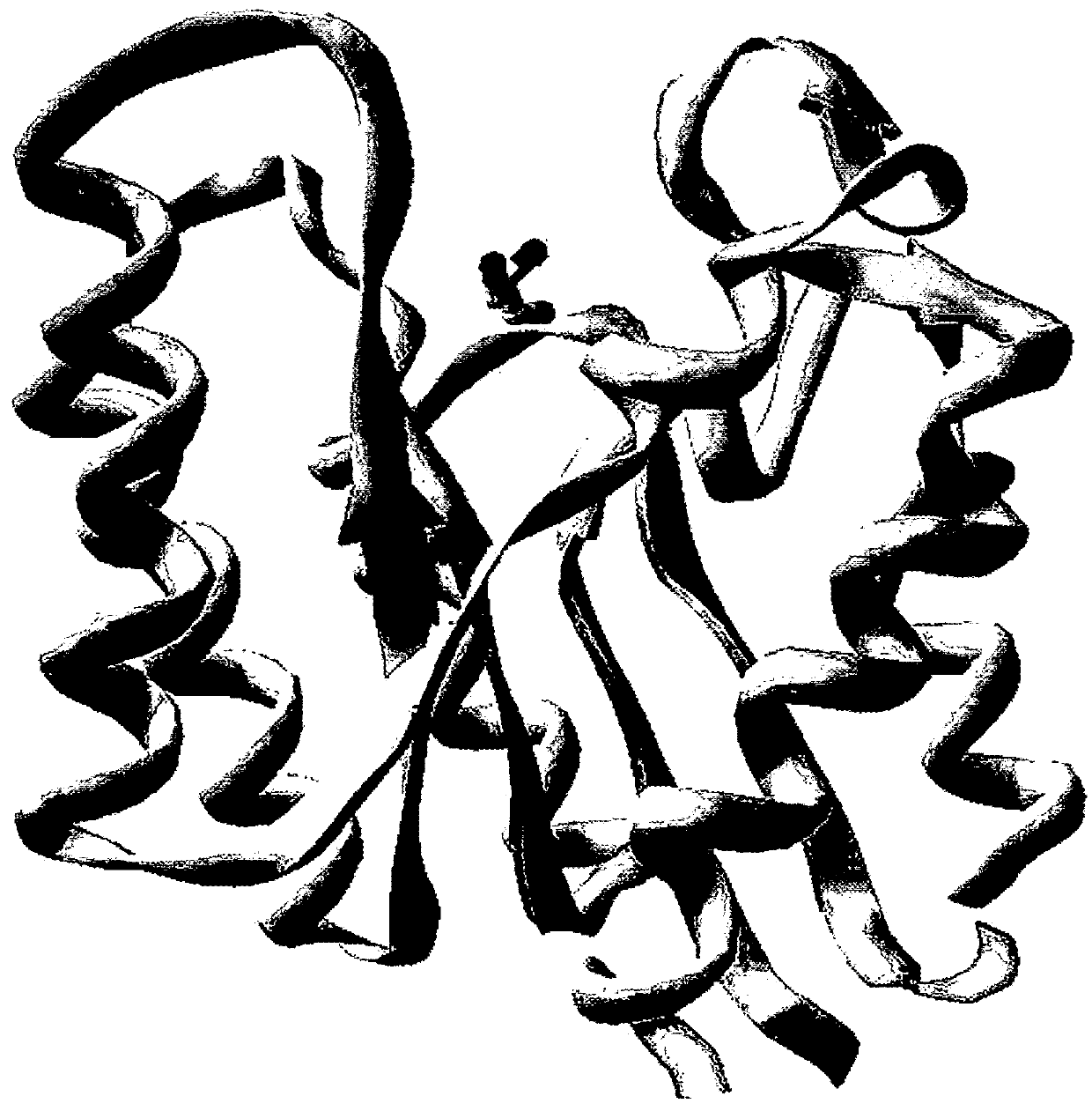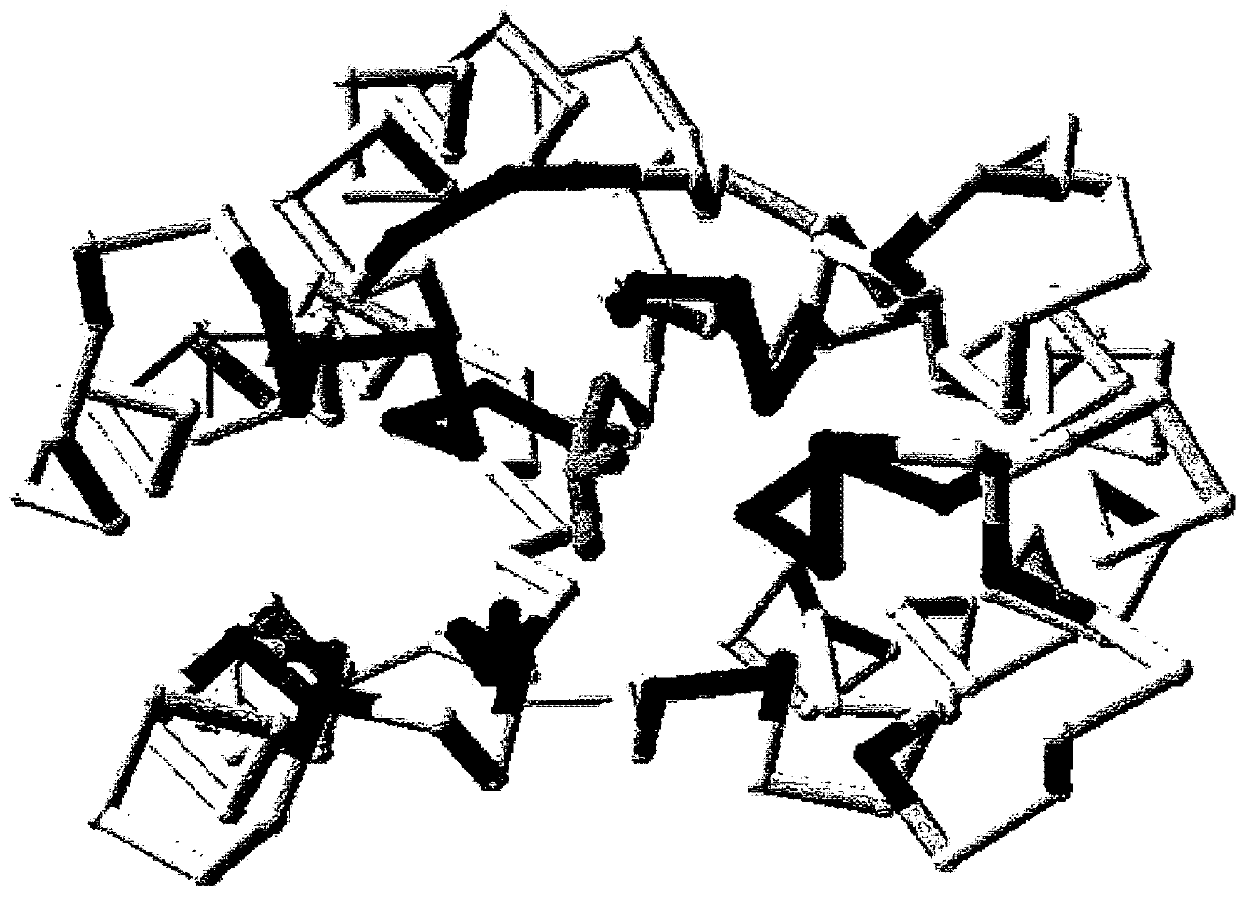Process of water degumming an edible oil
a technology of edible oil and water degumming, which is applied in the direction of fatty-oils/fat refining, sugar derivatives, enzymes, etc., can solve the problems of reducing inevitably losing synergistic effects, so as to reduce the loss of oil in the gum phase, reduce the viscosity, and increase the yield of oil in the oil phase
- Summary
- Abstract
- Description
- Claims
- Application Information
AI Technical Summary
Benefits of technology
Problems solved by technology
Method used
Image
Examples
example 1
Expression of KLM3′ in Bacillus licheniformis
[0651]A nucleotide sequence (SEQ ID No. 49) encoding a lipid acyltransferase (SEQ. ID No. 16, hereinafter KLM3′) was expressed in Bacillus licheniformis as a fusion protein with the signal peptide of B. licheniformis [alpha]-amylase (LAT) (see FIGS. 53 and 54). For optimal expression in Bacillus, a codon optimized gene construct (no. 052907) was ordered at Geneart (Geneart AG, Regensburg, Germany).
[0652]Construct no. 052907 contains an incomplete LAT promoter (only the −10 sequence) in front of the LAT-KLM3′ precursor gene and the LAT transcription (Tlat) downstream of the LAT-KLM3′ precursor gene (see FIGS. 53 and 55). To create a XhoI fragment that contains the LAT-KLM3′ precursor gene flanked by the complete LAT promoter at the 5′ end and the LAT terminator at the 3′ end, a PCR (polymerase chain reaction) amplification was performed with the primers Plat5XhoI_FW and EBS2XhoI_RV and gene construct 052907 as template.
[0653]
Plat5Xhol_FW:...
example 2
Use of a Lipid Acyltransferase in Water Degumming
Materials and Methods
[0668]KLM3′: a lipid acyltransferase taught in Example 1 having SEQ ID No. 68 (Also referred to herein as “K932”)-1128 TIPU / ml
Oil:
SBO 1: Crude soya bean oil from Solae, Aarhus, DK. 27.09.2007 Delite (Based on beans from Canada)
SBO 2: Crude Soya Oil from Brazil
RSO 3: Crude extracted Rapeseed Oil from Aarhus Karlshamn
RSO 4: Crude pressed Rapeseed Oil from Scanola, Aarhus, DK
Soy Lecithin Mix Standard (ST16) from Spectra Lipid, Germany
Methods:
HPTLC:
Applicator: Automatic TLC Sampler 4, CAMAG
HPTLC plate: 20×10 cm, Merck no. 1.05641. Activated 10 minutes at 160° C. before use.
Application:
Oil phase: 5 μl of a 8% solution of oil in Chloroform:Methanol 2:1 was applied to the HPTLC plate using Automatic TLC Sampler.
Gum phase: Gum phase from 10 gram oil was dissolved in 7.5 ml chloroform:methanol 2:1.
1 μl of the sample was applied to the HPTLC plate.
TLC applicator.
Running buffer 6: Chloroform:1-propanol:Methylacetate:M...
example 2a
[0688]In this experiment KLM3′ was tested in the water degumming process of crude SBO 1.
[0689]Different dosages of KLM3′ from 0.1 to 0.5 TIPU / g oil were tested and also the impact of Ultra Turrax mixing was tested.
[0690]The Table below together with FIG. 77 show a clear reduction of the gum phase and improved oil yield (in the oil phase) in the samples treated with KLM3′.
[0691]An increase of about 2% oil was seen and there was a tendency that an increased yield was obtained by increasing the enzyme dosage.
[0692]The mixing also had an impact on the gum phase. It was seen that Ultra Turrax treatment of the oil for 30 sec just after enzyme addition gave a smaller gum phase, but the effect of the enzyme addition was almost the same with or without Ultra Turrax mixing. In the industry it is normal to pump the oil through a static mixer or a dynamic mixer after water addition, and in order to imitate this at laboratory scale it was decided to use Ultra Turrax mixing.
[0693]
2460-150 (Exampl...
PUM
| Property | Measurement | Unit |
|---|---|---|
| pH | aaaaa | aaaaa |
| pH | aaaaa | aaaaa |
| pH | aaaaa | aaaaa |
Abstract
Description
Claims
Application Information
 Login to View More
Login to View More - R&D
- Intellectual Property
- Life Sciences
- Materials
- Tech Scout
- Unparalleled Data Quality
- Higher Quality Content
- 60% Fewer Hallucinations
Browse by: Latest US Patents, China's latest patents, Technical Efficacy Thesaurus, Application Domain, Technology Topic, Popular Technical Reports.
© 2025 PatSnap. All rights reserved.Legal|Privacy policy|Modern Slavery Act Transparency Statement|Sitemap|About US| Contact US: help@patsnap.com



